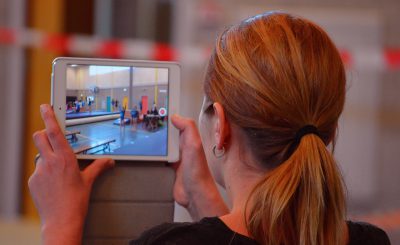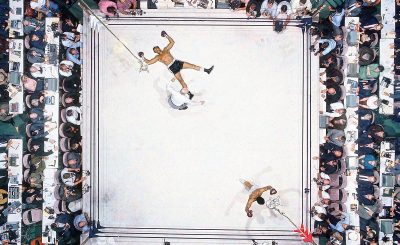It’s the wonderful time of the year for us rugby fans: the world cup is almost here, we’re prepared for it, we’ve bought snacks upfront, read about world cup betting and we’re just waiting for it to start. Why does this matter, we hear you say. You’re running a blog about design and photography, you say. Well, just imagine the photos one can take at the world cup. Doesn’t it sound fun? And after all, if you read the blog post we uploaded yesterday, we’re pretty sure you’ll enjoy this one. And if you haven’t, we discussed photography – specifically the ways one can get good photos at a rugby match. Today we wanted to cover the next step – the creation of the rugby photography portfolio. Sounds fun?
Selecting Your Best Shots
Before you can create a portfolio, you need a solid collection of standout photographs. Take your time to review your work and select images that showcase a variety of elements:
- Action Shots: Include photos that capture the dynamism of the game – tackles, lineouts, scrums, tries, and those moments of victory or defeat.
- Emotions: Rugby is an emotional sport, so choose pictures that convey the passion, camaraderie, and determination of the players.
- Composition: Pay attention to the framing, lighting, and angles in your photographs. A well-composed image can tell a compelling story.
- Variety: Showcase different aspects of the sport, from junior league games to professional matches. Diversity in your portfolio can attract a wider audience.
Editing and Post-Processing
Once you’ve chosen your images, invest time in post-processing to enhance their visual appeal. Ensure consistency in style and colour grading to maintain a cohesive look throughout your portfolio. Be cautious not to overdo it; subtlety is often key in sports photography.
Create a Digital Portfolio
In the digital age, having an online portfolio is essential. Consider using platforms like a personal website or photography-specific websites like 500px or Flickr. Your website should be user-friendly and feature high-resolution images, a brief bio, and contact information.
Printed Portfolio
While digital portfolios are vital for reaching a global audience, a printed portfolio can leave a lasting impression on potential clients, gallery owners, or publishers. Here’s how to craft an impressive printed portfolio:
- Selecting Format and Materials: Choose a portfolio format that suits your style – a classic leather-bound book, a modern acrylic display, or a custom box. Select high-quality materials that reflect the professionalism of your work.
- Layout and Sequence: Arrange your images thoughtfully, considering how they flow from one to the next. A well-structured portfolio guides viewers through a visual narrative.
- Print Quality: Invest in high-quality printing to ensure your images look as stunning on paper as they do on your screen. Professional printing services can make all the difference.
- Captions and Descriptions: Add captions or descriptions to your images to provide context and insight into the moments you’ve captured.
Monetizing Your Work
Turning your passion for rugby photography into a source of income is possible. Of course it won’t happen overnight. But it’s fun experimenting with it. Here’s what you can do to potentially start selling your photography:
- Print Sales: Sell prints of your best shots to rugby enthusiasts, players, or collectors.
- Licensing: Offer your images to media outlets, sports magazines, or websites covering rugby events.
- Photo Agencies: Consider partnering with photo agencies that specialize in sports photography to increase your reach.
- Event Photography: Offer your services as an event photographer for local rugby matches or tournaments.
- Merchandise: Create merchandise such as calendars, posters, or apparel featuring your rugby photographs.
Promotion and Networking
To gain visibility and access opportunities, actively promote your portfolio. Engage with the rugby community through social media, attend events, and network with players, coaches, and fans. Building relationships can open doors to exciting opportunities in the sports photography world.
In conclusion, creating a rugby photography portfolio is a rewarding journey that involves selecting, enhancing, and presenting your best work. By following these steps and staying dedicated to your craft, you can showcase the power and beauty of rugby through your lens and potentially turn your passion into a thriving photography career. Remember, the journey from pitch to print is an art form in itself, and with dedication and perseverance, you can score big in the world of rugby photography.

